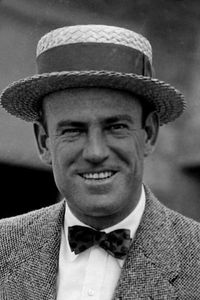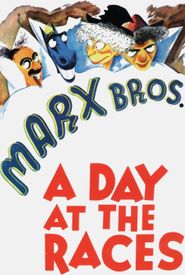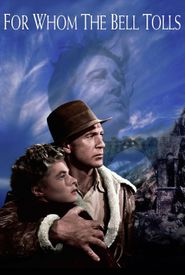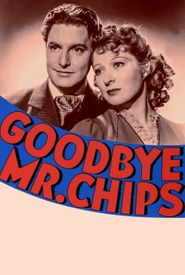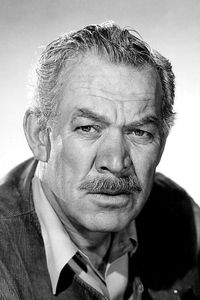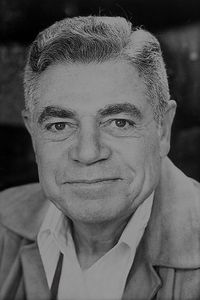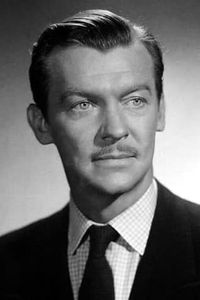Samuel Grosvenor Wood's journey in the film industry began with a two-year apprenticeship under the guidance of renowned director Cecil B. DeMille as an assistant director. This opportunity led to a fortunate assignment to work with two of Paramount's biggest stars during their heyday, Wallace Reid from 1919 to 1920 and Gloria Swanson from 1921 to 1923.
As his seven-year contract with Paramount came to an end, Wood had established himself as a reliable feature director, having started his career as a real estate dealer and small-time theatrical thespian. In 1927, he joined MGM and remained under contract until 1939, where he continued to turn out films at a rate of two to three per year, mostly routine subjects.
It wasn't until Wood directed two films with The Marx Brothers, A Night at the Opera (1935) and A Day at the Races (1937),that his career began to gain momentum. However, Groucho Marx's assessment of Wood as "rigid and humorless" seems difficult to reconcile, possibly due to Wood's vociferous right-wing views, which would not have aligned with the comedian's perspective.
Wood's personality and tendency to shoot each scene multiple times did not deter him from producing powerful dramatic films during the last decade of his life. His first Academy Award nomination came for the popular melodrama Goodbye, Mr. Chips (1939). He coaxed an Oscar-winning performance from Ginger Rogers in Kitty Foyle (1940),earning himself a nomination as well. Wood's direction of Ronald Reagan in Kings Row (1942) is arguably Reagan's best performance.
Wood's most expensive and longest film, Ernest Hemingway's Spanish Civil War drama For Whom the Bell Tolls (1943),was a Paramount production, costing $150,000 and running 170 minutes. Despite editorial incongruities and an uneven pace, the film became the biggest and last hit of Wood's career.
Samuel Grosvenor Wood passed away on September 22, 1949, due to a heart attack. He was honored with a star on the Walk of Fame on Hollywood Boulevard.
